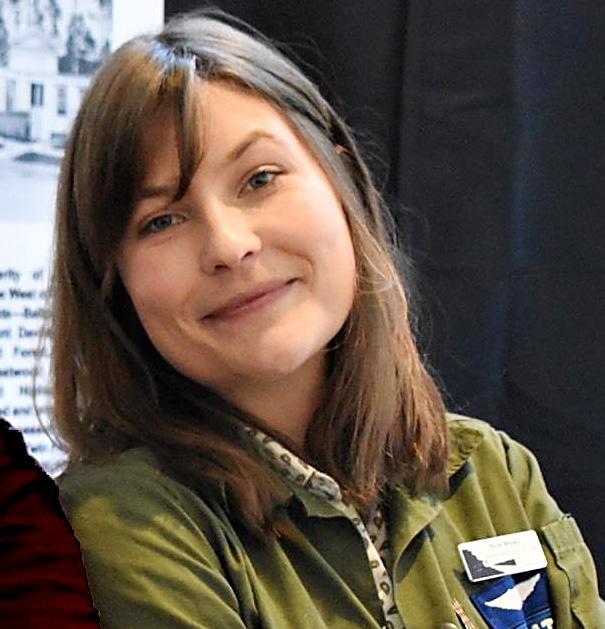
2 minute read
Director’s Message
Over the last couple years, I’ve been reading up on our founding fathers to decide what they really meant when they launched the United States. As I’m sure you’ve heard, the county can’t seem to agree on this. One of my favorite historians is Joseph Ellis because his scholarship is airtight and academic, but his writing is relaxed. He tells it like it is, and cuts through to the men behind the myths. In American Sphynx: The Character of Thomas Jefferson, Ellis notes how “the symbol, the lore, is infinitely more powerful than any set of historical facts.”
We see this playing out as we delve deeper into Cliff House history as well. As I’m sure you’ve heard, WNP picked up a few historic artifacts this year from the now-closed iconic restaurant. I’m finding that the lore – what we remember – is just as important as the facts, so long as we call a spade a spade when we see it. In this issue, we sift through that fog of history as we learn who built our favorite neighborhood theaters with Fred Levin Remembers. Fred sat down for an oral history with me last year and it was a joy to connect with someone whose family has done so much to shape the physical and cultural landscape of the western neighborhoods. We’re also thrilled to have Frank Andre Guridy, Associate Professor of History at Columbia University, explore the larger impact of Kezar Stadium in Kezar: The Classic Neighborhood Stadium. It’s so much more than just a sporting venue; who knew one place could mean so much. Finally, in Unmasking the Phantom Photographer, John Freeman puts a name and a story to a mystery man who chronicled the city in the early 20th century, while also bringing new context to some of our OpenSFHistory photos.
Advertisement
Facts found in these stories anchor us in time and space, but it’s how these places fit into our lives and become part of our own individual histories that makes them everlasting, even if memory can be ephemeral. If there’s one thing The Museum at The Cliff – our temporary exhibition in the former Cliff House gift shop – has taught me this year, it’s that everything around us truly is temporary. It’s striking to see how little of what Adolph Sutro built out at Lands End remains. Sutro Heights, the Baths, the steam train, the Victorian-era Cliff House: all of that is gone now. What endures is the land and the ocean – atmospheric, mysterious, and beautiful, with so much to give.
That’s why people have always gravitated to our western slice of San Francisco, starting with the Ramaytush Ohlone. It’s a special place, and those of you who choose to share your stories with us, who help us mine these lands for the facts that build our shared history, are unbelievably important to us. In gratitude, we’ve acknowledged some of the key WNP family members who helped us get the work done this year in the final Inside the Outside Lands of 2021.
Sometimes the currents of history swirl us around and it’s hard to find your footing. I personally would not be standing without you all, and this organization has been my beacon in the fog. I hope we’ve been the same for you. In that spirit, I wish you all the best of holidays and look forward to making history with you in 2022.








